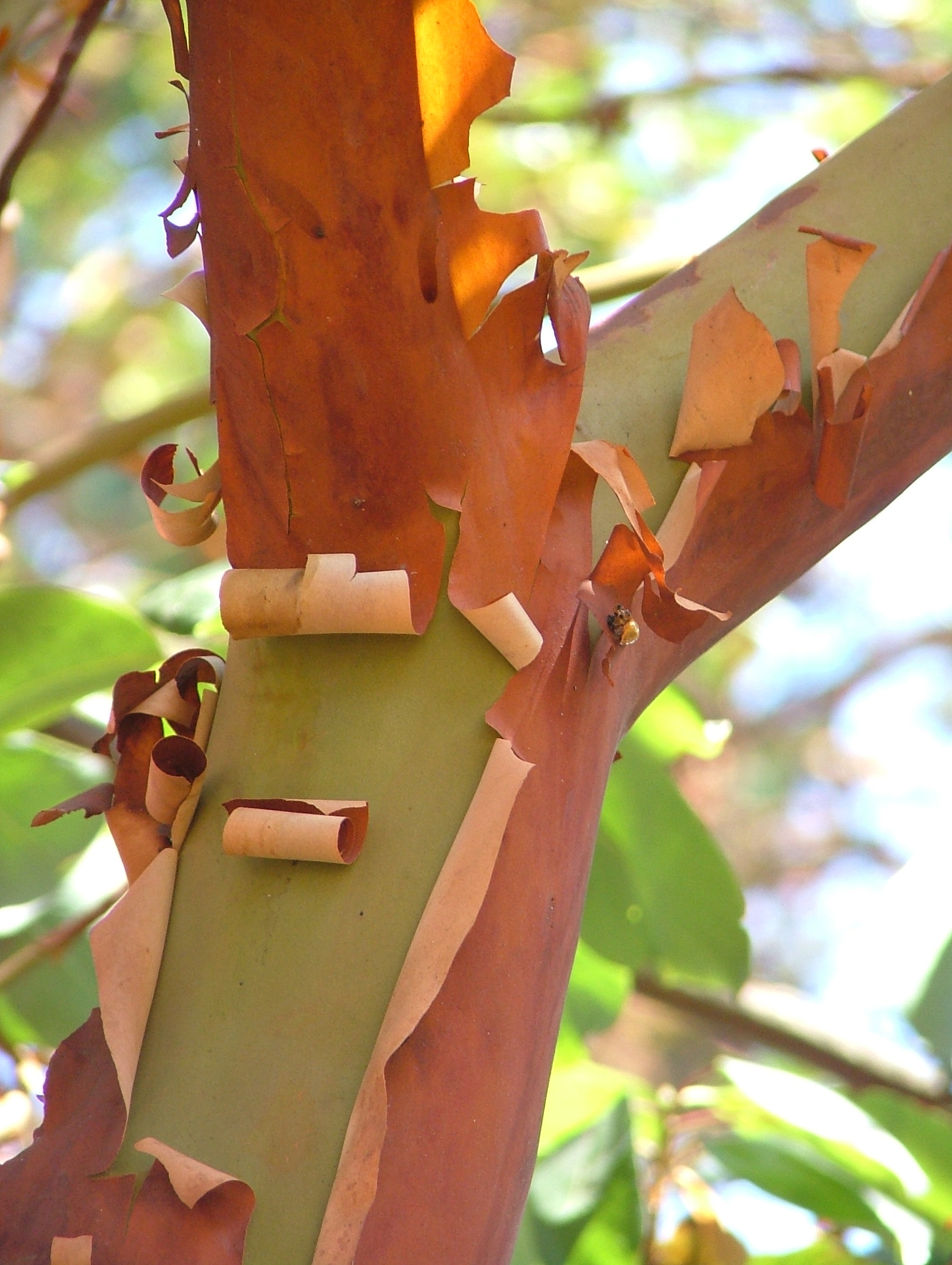My Teacher, Oxalis
A couple of weeks ago, I asked the weeds in my garden to leave. They did.
I asked them gently and politely, explaining as I pulled that I did so to make room for the madrones. Not yet two feet high, these madrones will grow to the size of a small tree, and they are the foundation plants for the California native plant garden that already grows in my imagination and will soon grow just out my back door.
"I know these madrones don't look like they need room," I whispered, "and that the space around them looks like it is available, but it is not. Madrones need elbow room, darling. I see that you came to say hello and give me a much-needed reminder for me to spend time here in the corners of the yard. I hear you. I'm listening. Now go tell your brothers that this space needs to stay clear for the madrones and the other natives I'll be planting."
I got the bulk of my weeding done that afternoon, but when I went back to finish a couple of days later the remaining plants were wilted on the ground, the life force no longer there. A few here and there still looked alive, and so I gently pulled them only to find anemic roots, ones that wouldn't have sustained them for long.
* * *
For the record, these particular weeds were oxalis, one of the most notorious weeds in my area. They look like clover, but they sprout bright, bright, yellow flowers in the late winter and early spring. Looking dainty, they are so persistent that they will crowd out and therefore kill everything around them. When you pull them up, they leave seeds behind. They are, by local lore, nearly impossible to get rid of, a gardener's curse. I know someone who as a test cut them at the stem and painted Roundup on the exposed part (conventional Roundup application doesn't do anything.) She said it worked. Impractical for obvious reasons, but that should give you an idea of how tough these plants are. Other methods I know of for getting rid of oxalis are no less elaborate, including the classic, "Move."
And yet the oxalis in my yard were happy to bow out with a simple request.
* * *
I wrote recently about how my concept of healing is changing; rather than trying to fix myself, I am instead aligning myself with reality.
The afternoon that I surveyed the wilted oxalis in my yard, I felt, on behalf of mankind, like a complete jackass. We drive ourselves nuts, cursing and dumping all kinds of chemicals on our lawns, gardens, and farms, when apparently all we need to do to get rid of weeds is start a conversation.
"Use your words!" we admonish our cranky three year-olds, and yet here we are, having forgotten not only our words but an entire way of being.
* * *
My talking with the plants did not end with the oxalis. As a person in search of healing I am a person in search of wholeness, and in watching plants respond to my thoughts I felt my role in the web of consciousness like I never had before. Something that had been there all along was suddenly apparent.
So this is living through wholeness.
Remembering.
* * *

